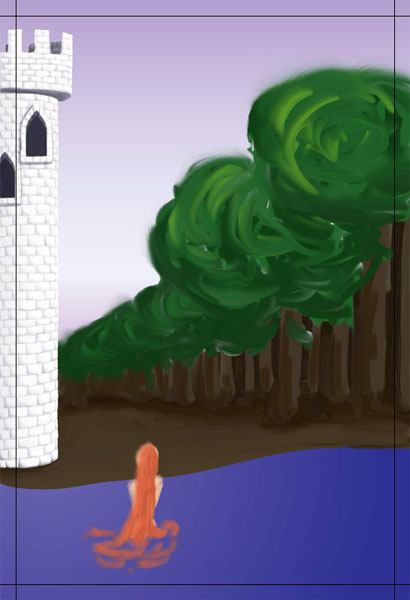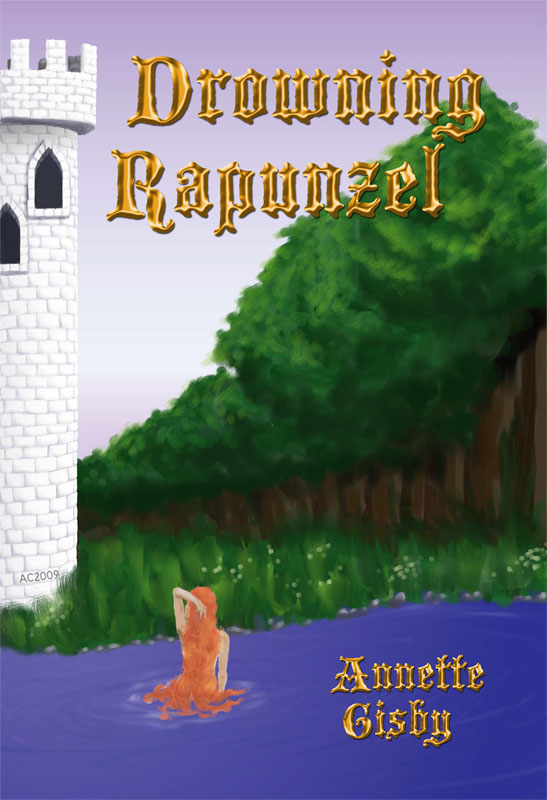So you’re on the internet, you’ve got a website, and you’ve put up some stuff for sale. And yet, the sales aren’t rolling in.
It could be that no one knows you’re there, and that’s a different problem for which there is a whole slew of other advice, and other people more qualified to give it. This isn’t about that.
I’m here to ask you one simple question:
How easy is it for people to give you money?
Go on your own site. Get as far as you can in the buying process, even to the point of going all the way through buying stuff, if you can (Paypal won’t let you buy from yourself, for obvious reasons). Count the steps. Think about how you’d feel if this was someone else’s site.
Then call up your web-clueless friend or relative, offer a full refund (plus a small bribe, if you’re feeling generous), and get them to do the same thing while you’re there to watch.
You might be amazed at how hard, confusing, or weird this process is for someone who isn’t you.
Recently I was on a teleseminar and someone sent us to the cool sale on their site. There was a giant banner about the sale, totally obvious, so I clicked it! And got a blog post, with a smaller banner at the top. So I clicked that, and it sent me… back to the blog post. Which I skimmed, but had no obvious “so go here!” link that I could spot.
Even though it seemed obvious to them, it wasn’t easy for someone new to the site to get to the sale. So they put up a quick-and-dirty box at the top of the post with the basic sale info, and now it’s a whole lot more obvious to slackers like me who never read anything on the page. And there’s even a chance they’ll get my money.
It’s very hard to look at this objectively. No, really, don’t feel bad! You built or paid for the site, so you know where everything is. All that stuff that other people find confusing seems really obvious to you, because you already know the answer, before you even have to ask the questions.
So here’s my piece of wisdom for today: remove every possible obstacle between the buyer’s money and your pocket. Strip away every step you can, make the button really big, put the price in bold and put them next to each other.
Then make a link to your shipping costs and put that on every single page — if shipping is free, even better! But put a link anyway, even if it’s just to a page that explains about your free shipping, and who it applies to, and if it isn’t everyone (like, say, Canadians), then how much shipping is for those other people. Well, unless you sell only virtual products, and then you need a link that explains the download process in painfully specific detail. Possibly twice.
People on your site might be shopping, and they might not, but if you make it too hard for them, then you definitely won’t be the one getting their money in the end.
Make it so easy that they’re done buying before they can think of those fifteen reasons why they’re not really sure they want your stuff right now. Make it so obvious that a busy skimmer who doesn’t even glance at your carefully-crafted copy can do it. And make the fine print easy to find, for those who need that extra reassurance.
Your pocket will thank you.








 This is one of the commissions I finished right before I ran off for vacation, a book cover for Annette Gisby’s novel
This is one of the commissions I finished right before I ran off for vacation, a book cover for Annette Gisby’s novel 




 I’ve been looking into Marketing lately. And by lately I mean for the last year, and by “looking into” I mean “desperately trying to figure out.”
I’ve been looking into Marketing lately. And by lately I mean for the last year, and by “looking into” I mean “desperately trying to figure out.”